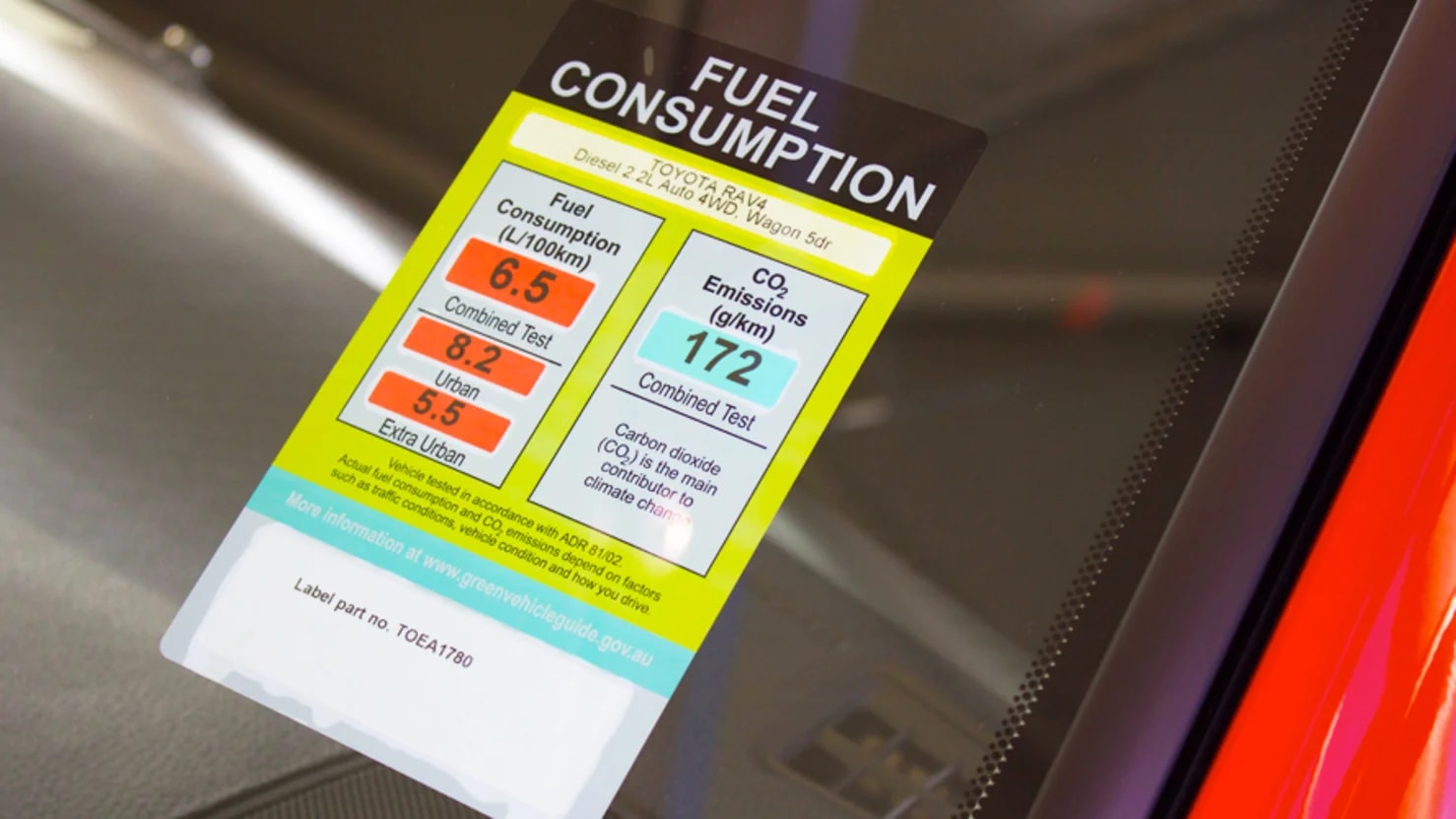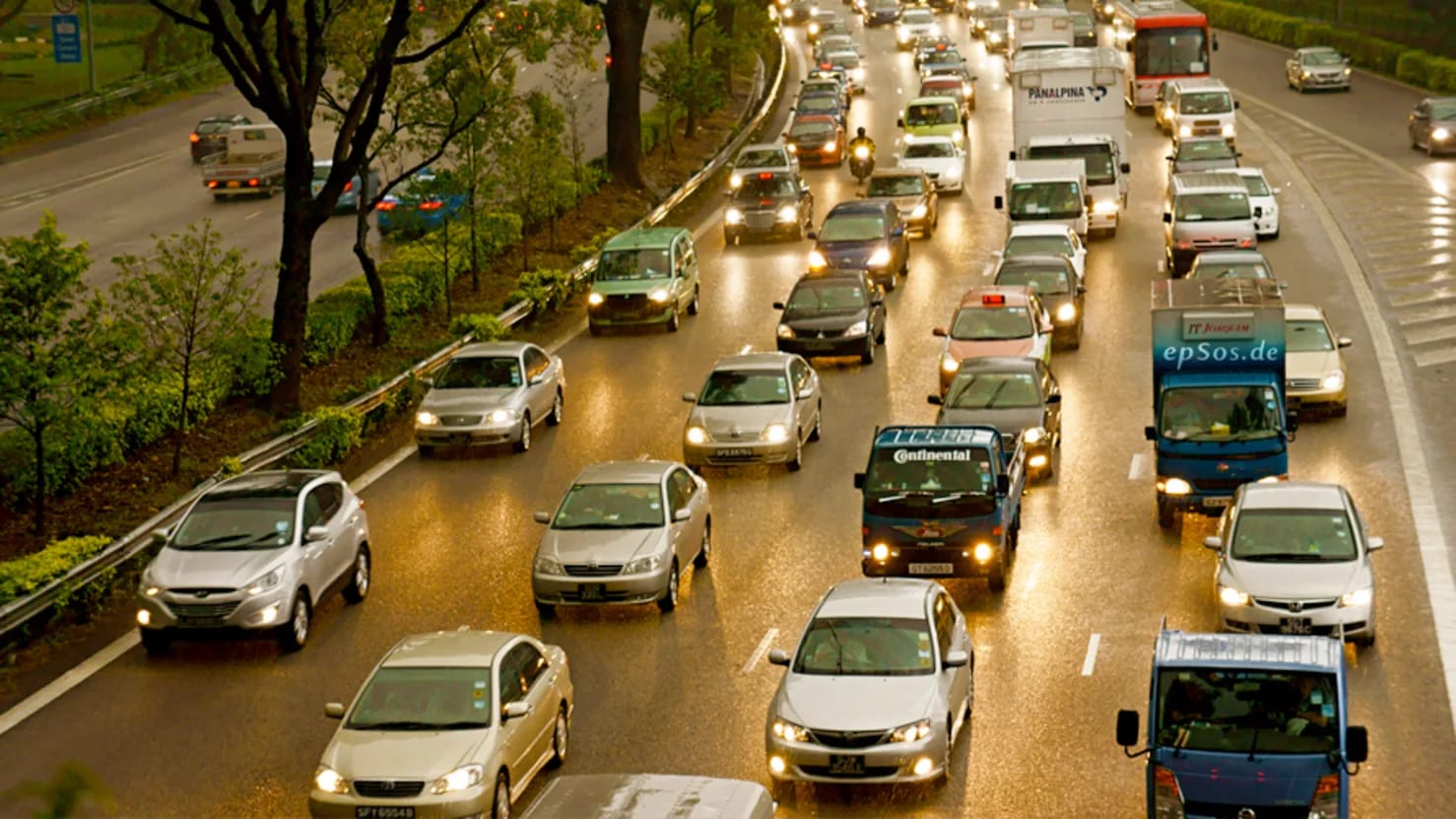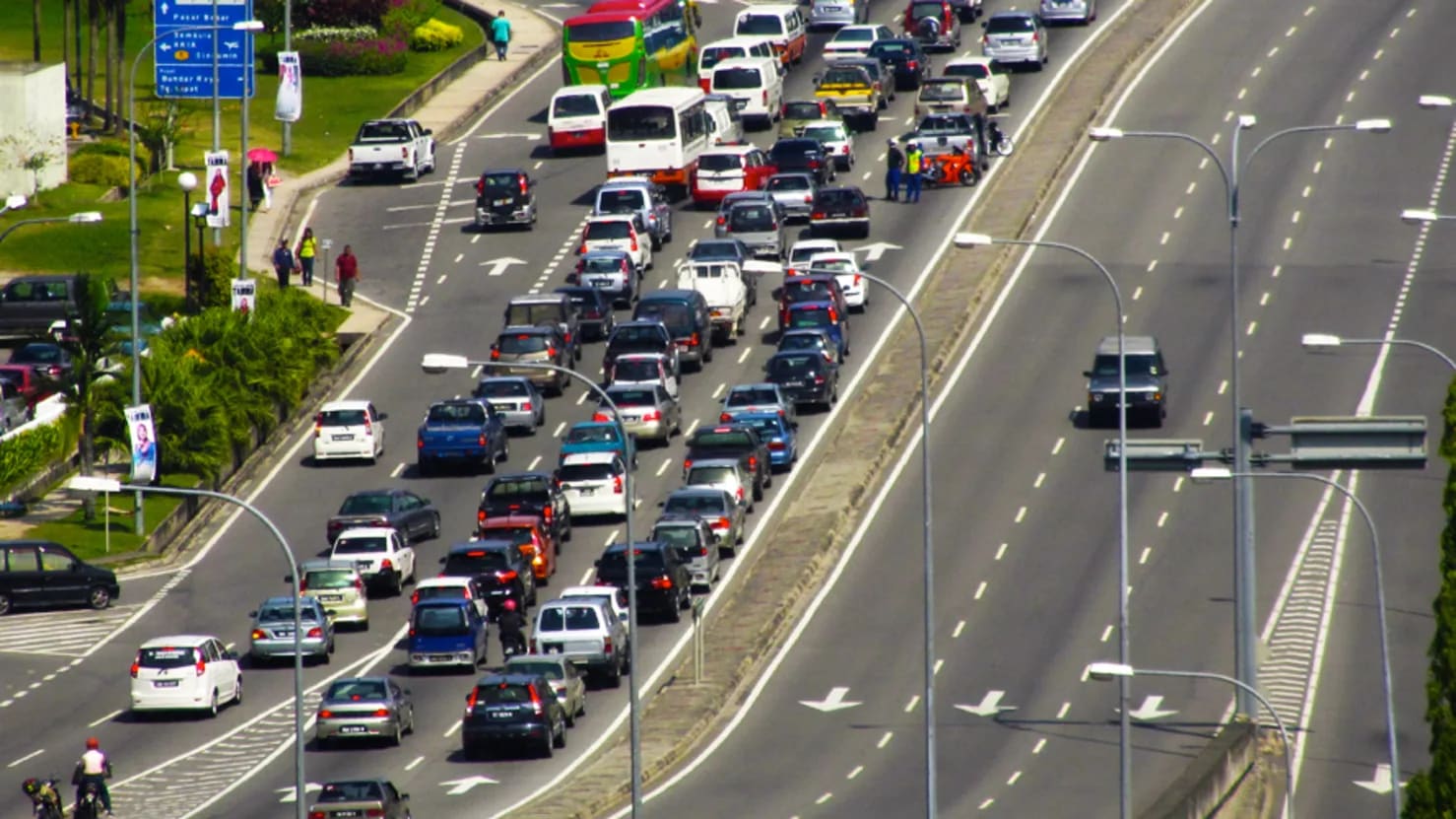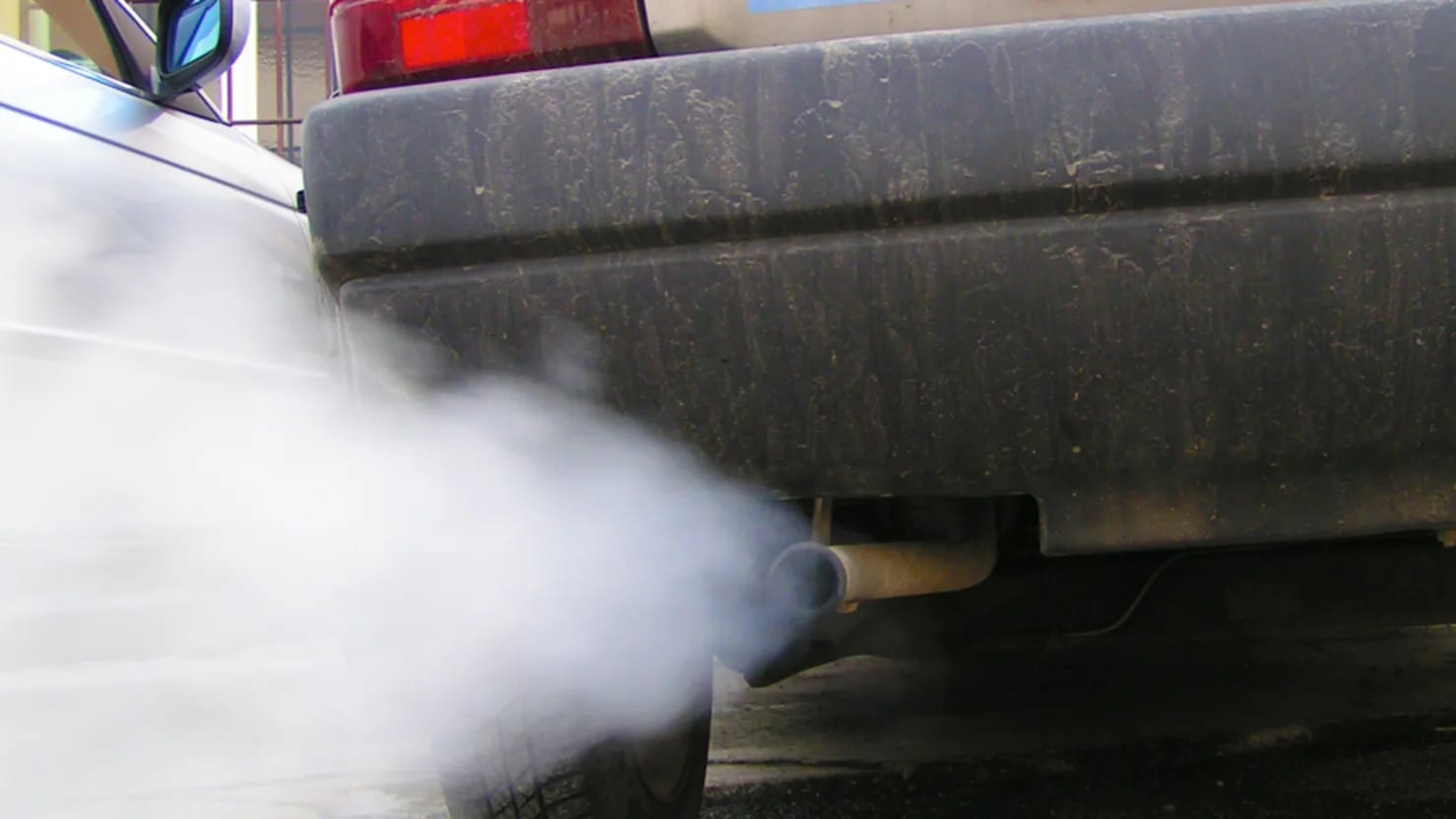
The low down on Fuel Consumption stickers
Posted in Motoring Tips
The low down on Fuel Consumption stickers
Have you ever wondered why your fuel consumption might not be what your car’s Fuel Consumption Label says it should be? Let us break it down for you.
WHAT IT MEANS
Thanks to the Australian Government, every new car for sale across the country has a Fuel Consumption Label on the windshield. Similar to the sticker on your fridge or washing machine that tells you how much power it will use; Fuel Consumption stickers measure how many litres per 100km (L/100km) and how many grams per kilometre (g/Km) a car uses in a ‘typical’ journey.
Cars are tested to Australian Design Rule (ADR) 81/02, a mandatory test enforced by the government to ensure that cars on Australian roads meet our laws in regards to car design and emissions.

WHY IT IS ON YOUR CAR
Fuel consumption stickers are another tool for buyer's to use on the lot – so that when they're comparing models in their shopping basket, they can get a rough idea of the running costs in regards to fuel will be on a particular model; and with fuel prices rising, it helps to have the figures on hand! So don’t be too quick to peel it off and discard it because you might need it later! The numbers shown on this sticker come from a standardised test that is carried out on all new model cars in Australia.

HOW THEY GOT THE NUMBERS
Car manufacturers have to test their car in a specialised lab that shows the car at it's maximum efficiency. The first of the two tests is an Urban Test and the second is an Extra-Urban Test. Each test measures the fuel consumption in different driving situations, as well as the carbon emission output.
The results are displayed individually (for the fuel consumption) and as a whole (CO2 emissions). Of course, no test can capture all the “real world” driving situations given the number of variables at play - including individual driving styles, traffic conditions and the condition and load of your vehicle.
THE URBAN TEST
The Urban Test simulates a stop-start driving environment with low speeds and substantial idle periods, such as on main roads in city and urban areas with (peak hour) traffic. The results generally show that driving under these conditions consumes large amounts of fuel and produce more carbon emissions. This test is more indicative of a typical journey in that vehicle, than the combined result, for motorists who spend time in heavy traffic conditions or drive through urban areas regularly (eg. main roads and the city).

THE EXTRA-URBAN TEST
Extra-Urban is essentially longer roads with high speed limits and minimal slowing down and stopping whilst on it. The Extra-Urban Test is a simulation of freeway/highway driving at a gradually increasing high speed (to 120km/h), without retaining a constant high speed over an extended period of time. The results of this test show that driving under these conditions consumes less fuel than the Urban Test and produces less carbon emissions. This test is more indicative of a typical journey in that vehicle, than the combined result, for motorists who spend time in heavy traffic conditions or drive on long stretches of roads like, freeways, regularly.

THE COMBINED RESULT
Combined figures take the Urban and Extra-Urban usage to provide a more realistic number of how the car will perform in the real world. They are separate results below to highlight which typical journey would consume more fuel, and can allow the driver to make a more informed decision based on their typical journeys.

THE EMISSIONS TEST
The Combined CO2 Emissions is from both tests, indicating the vehicle’s carbon emissions from a journey involving both Urban and Extra-Urban driving is shown on the label. This result shows how heavily your car affects the environment while traveling a typical journey.

For more information regarding the Fuel Consumption Label initiative, please visit the original Australian Government publication here.



